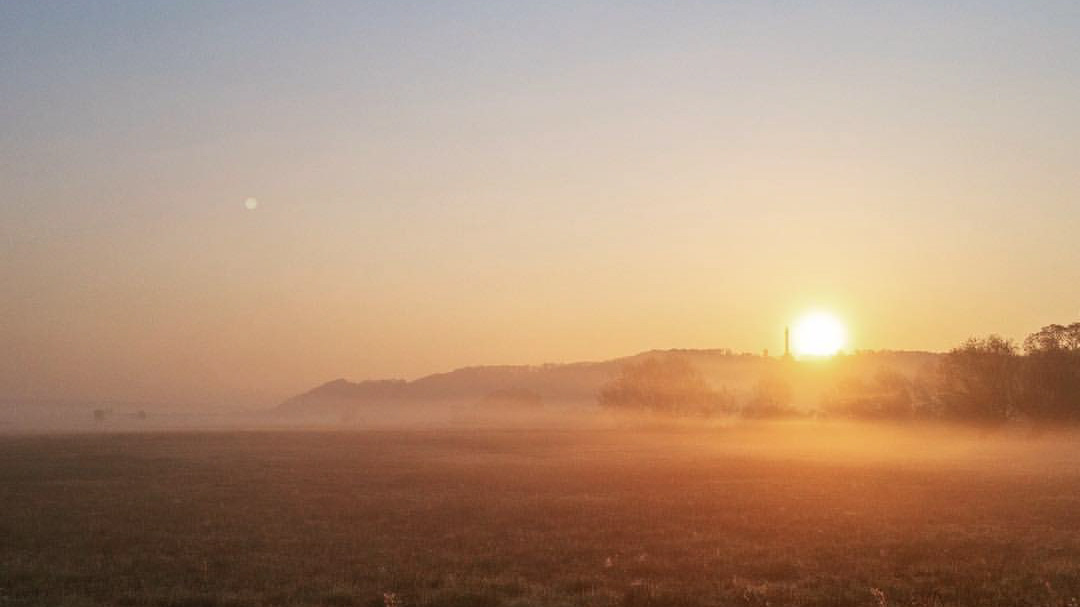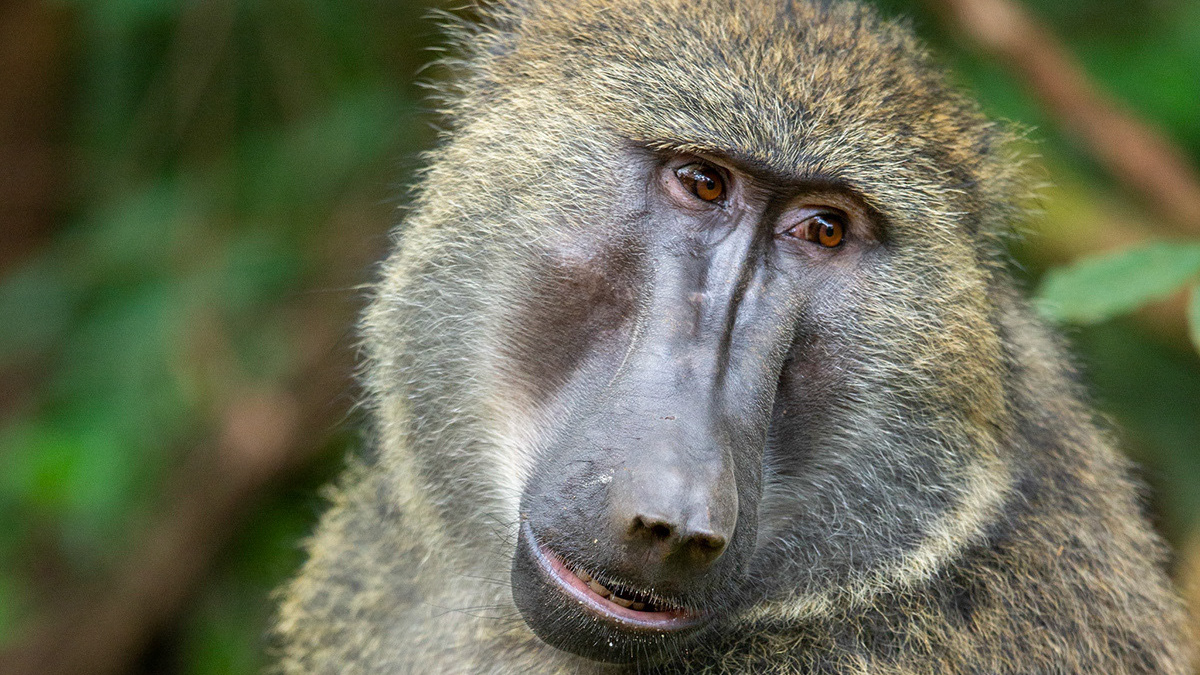Waxwing
Photographing and filming wildlife is a challenge at the best of times. The Scottish winter adds another dimension, but also a different perspective as weather can change in a flash. The Waxwing pictures were taken in bright sun, 24 hours after the early season Ptarmigan in snow.
Waxwings feeding
Red Kite fly-by
High Torridons
Toridon peaks in deep winter
Ptarmigan and Mountain Hare are extremely well adapted to their environments and their white, winter camouflage can make them hard to spot. Perhaps the most interesting time to see and photograph these creatures then is during the turn of the season, when their markings are out of time with the environment and their colouring can make them visible; a white hare in a green or brown landscape is much easier to see, for both humans and predators.
Early season female Ptarmigan
Cairngorm Summit
Wildlife photography and film-making is all about field craft; the ability to understand and second-guess your subject, to be able to work your way towards them without disturbance. Assuming that you will not be seen, even in the latest camouflage, is to misunderstand wildlife. Totally in-tune with their environment, the slightest change of view, soundscape or scent is registered, but as a dear friend says about Mountain Hare "their predators tend not to talk to them", so actually maintaining a constant, but subtle conversation can actually allow you to get closer than trying to creep forward in camouflage and silence as was the case with the photograph of the female Ptarmigan below.
Well camouflaged - female Ptarmigan
Male Ptarmigan in full mating condition
Torridon mountains in Winter
Red Squirrel
Curious Red Squirrel
Pair-bonding Gannets
Camera and lens choices for wildlife are harder than for many forms of photography. Weatherproofing is important, but so is weight. Lenses need to be long, which generally means expensive, it also means heavy: most of these images were captured at 500mm or longer, some with a converter. Long lenses mean less light transmission, so a camera with good low-light performance is important for photographing in winter, so we are back to 'expensive' again...
One way to cheat this is to accept the slightly lower quality, but built-in magnification of a crop sensor camera. The cheaper models in both the Canon and Nikon ranges have smaller sensors, meaning that the images are effectively magnified by around 1.6 times, so a 300mm lens has the same effective focal length as a 480mm lens.
Sadly I am using a 'full-frame sensor', the same size as traditional 35mm film, so I just have to get much closer!
Bottlenose Dolphin chasing Salmon in the Moray Firth
All images and film content © Copyright 1993-2017 Nick Wilcox-Brown









